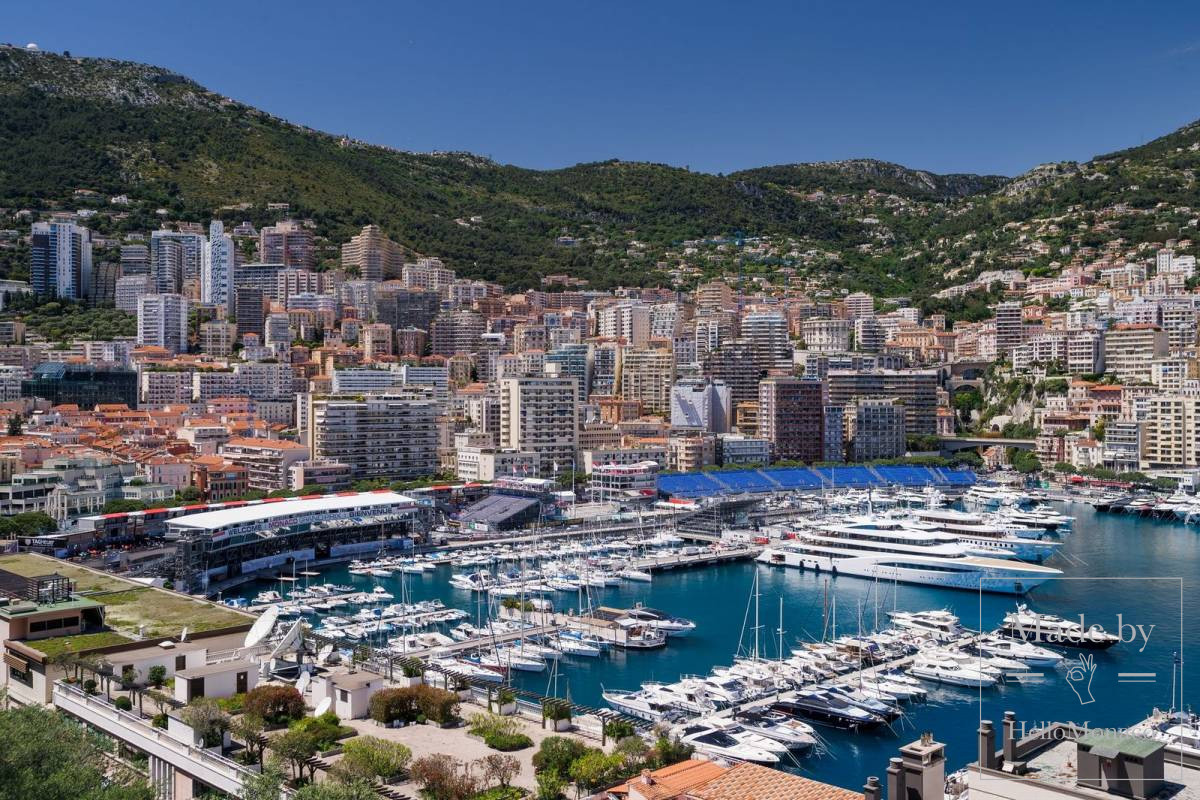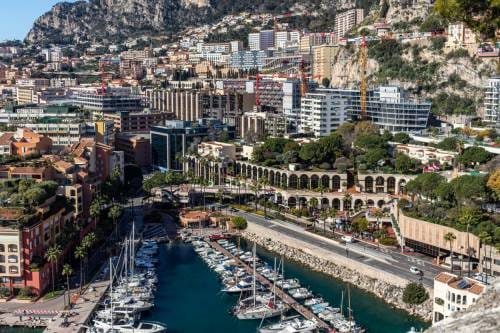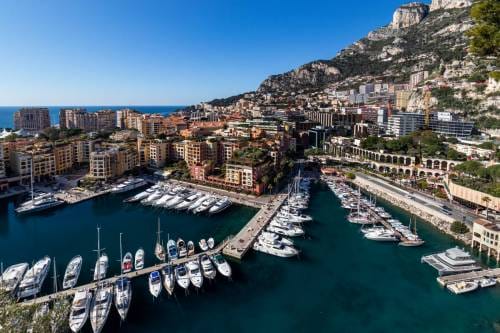Monaco’s GDP was 5.64 billion euros in 2015, compared with 5.32 billion in 2014. GDP recorded an increase of 5.4% by volume, corrected for inflation. Following the downturn noted in 2009, Monaco’s GDP is continuing to increase, although this growth is showing a reverse trend.
The rate of growth in the Principality slowed down in 2015 but remains strong at 5.4 %, in comparison with 2.5 % worldwide and 1.9 % in the European Union.

All the GDP components, except for subventions, contributed positively to the result.
Companies’ Earnings before Interest, Taxes and Amortisation (EBITA) has shown the strongest progression over the past three years. As it was down sharply in 2009 just after the international financial crisis, it regained its pre-crisis level only in 2013. For the past three years, it has shown a strong increase (+15 % in 2013, +9 % in 2014 and +11 % in 2015). It has exceeded 2.45 billion and represents more than 42% of the wealth created.
In late 2015 private employment showed a slight downturn. Although there was a rise in public sector employment, in December 283 fewer salaried workers were noted. Despite this, the total payroll is still growing (+1.7%). Total payroll represents more than half of GDP (46%), which corresponds to redistribution in the form of salaries and contributions of the annually created wealth.
Tax paid on products continues to grow (+6 %). This tax contributes an amount of 12% to the wealth produced (excluding subsidies). The increase is primarily due to VAT on real estate. This VAT has risen by 18%.
The number of subsidies is increasing (+3.1 %), but this is still less than in 2014 (+10.1 %).

It is possible to note significant differences in economic performance by sector, depending on the type of activity.
In terms of GDP, the Principality’s two largest economic sectors are 1. Financial and Insurance Activities and Scientific and 2. Technical Activities, Administrative and Support Service Activities. These represent almost a third of wealth produced. They show an increase of +5.7 % and +0.7 % respectively.
Construction shows exceptional growth (+73 %). This sector, which benefits from real estate development projects, has become the third largest GDP contributor.
However, Other Service Activities show the greatest decline (-22.4 %), in a sector that is typically prone to strong annual variations, based on the volatile results of its comprising businesses.
Real Estate activities were less exceptional when compared with the results in 2014. This sector was down nearly 10% in 2015. However, there was an 18% increase in real estate GDP between the years 2013 and 2015.
For the first time since 2012, retail GDP is down (-6.2 %). Between 2011 and 2012, GDP in this sector decreased by -0.2%. Despite good results from the automobile sector, this was unable to limit a decline in traditional trade.
The industry also showed a positive trend (+6.8 %), but remains below the 2013 results, which is a result of a single player’s exceptional activities. Starting from now, there will be no impact from regulatory changes regarding the reversal of VAT liability in the energy sector.
Wholesale Trade shows 12% growth in its sectoral GDP. This growth is due to positive results from Other Trade Intermediaries in fuels, metals, minerals and chemical products.
GDP per employee was 108,611 euros, which was an increase of 5.9 % by volume.
Graphs included in the text, source: www.imsee.mc








